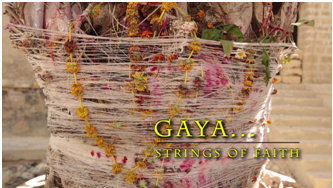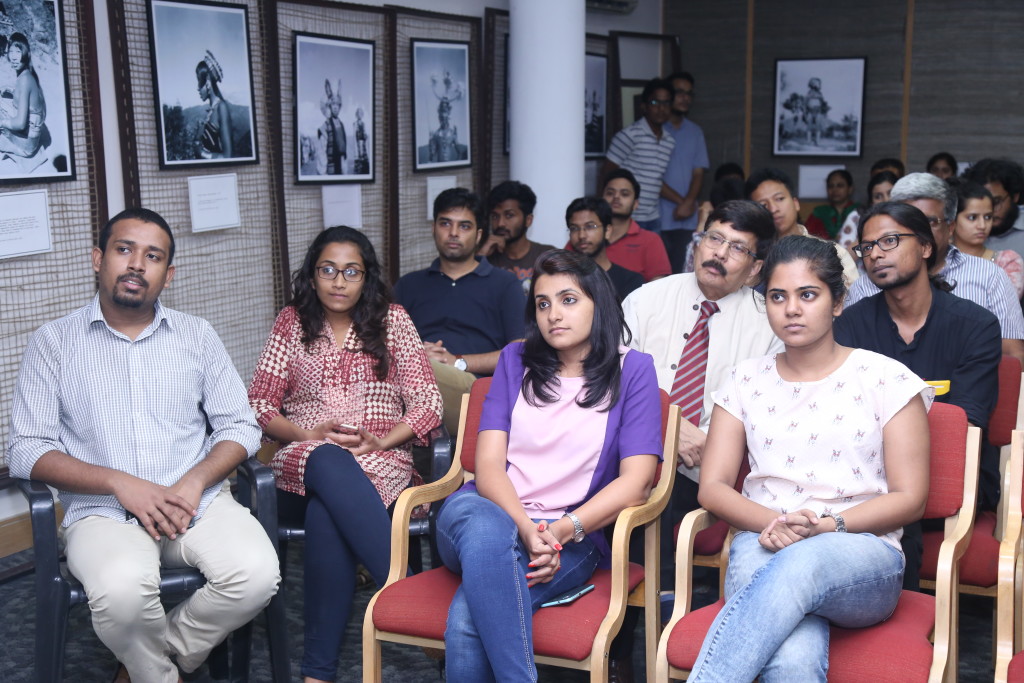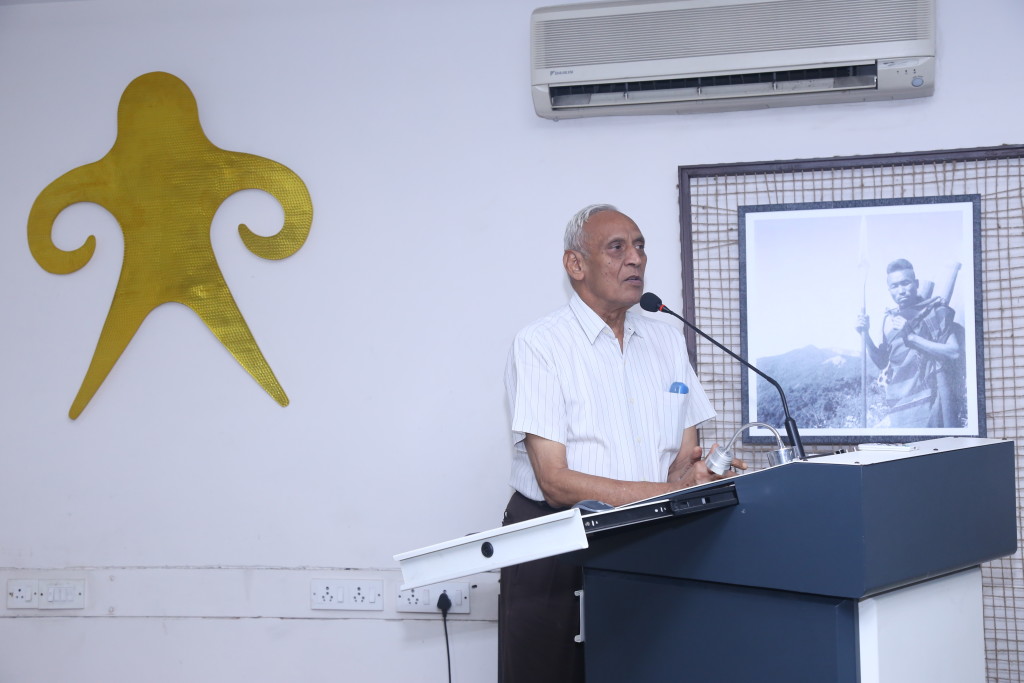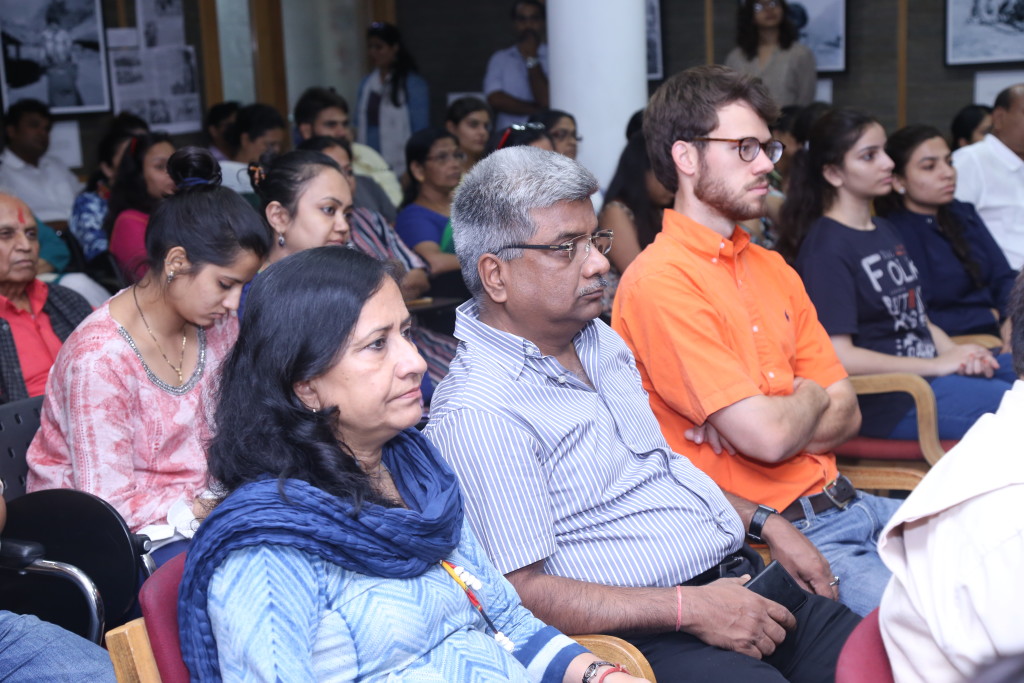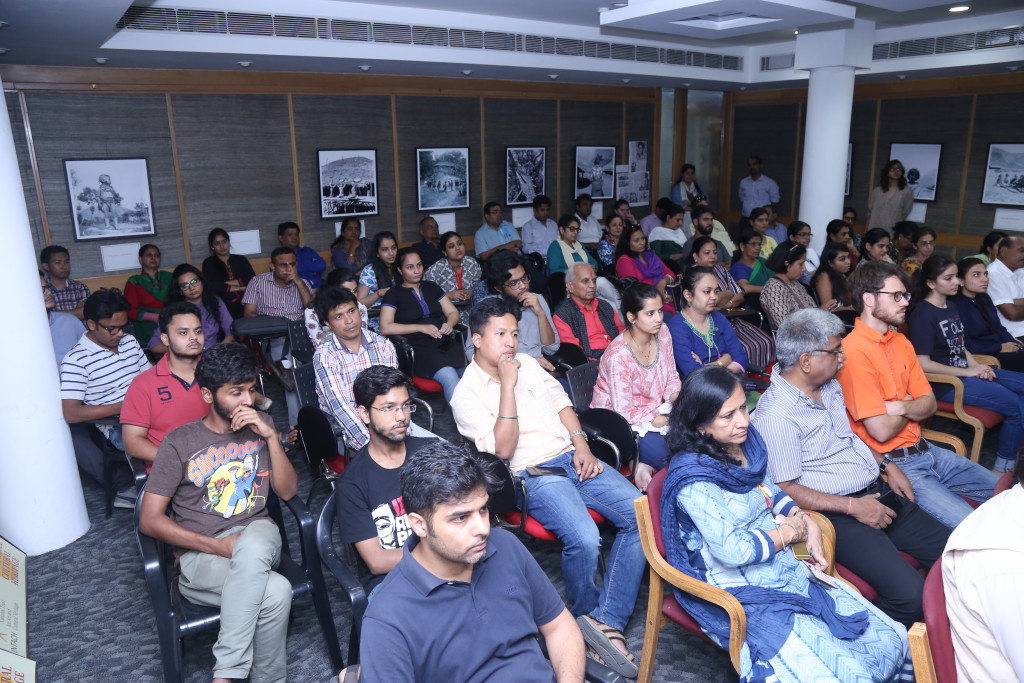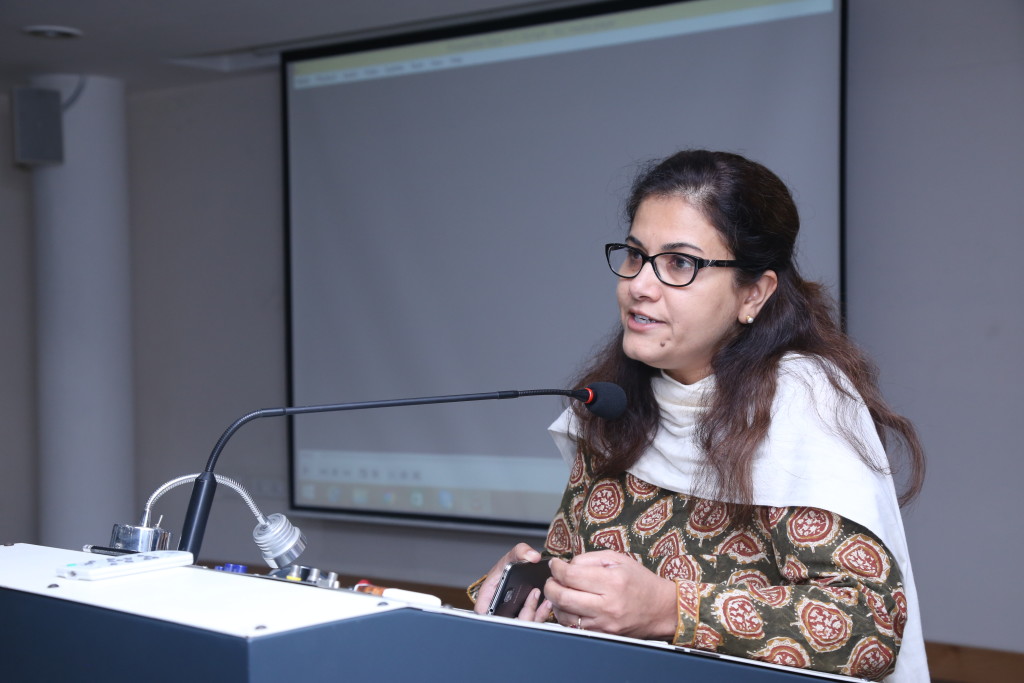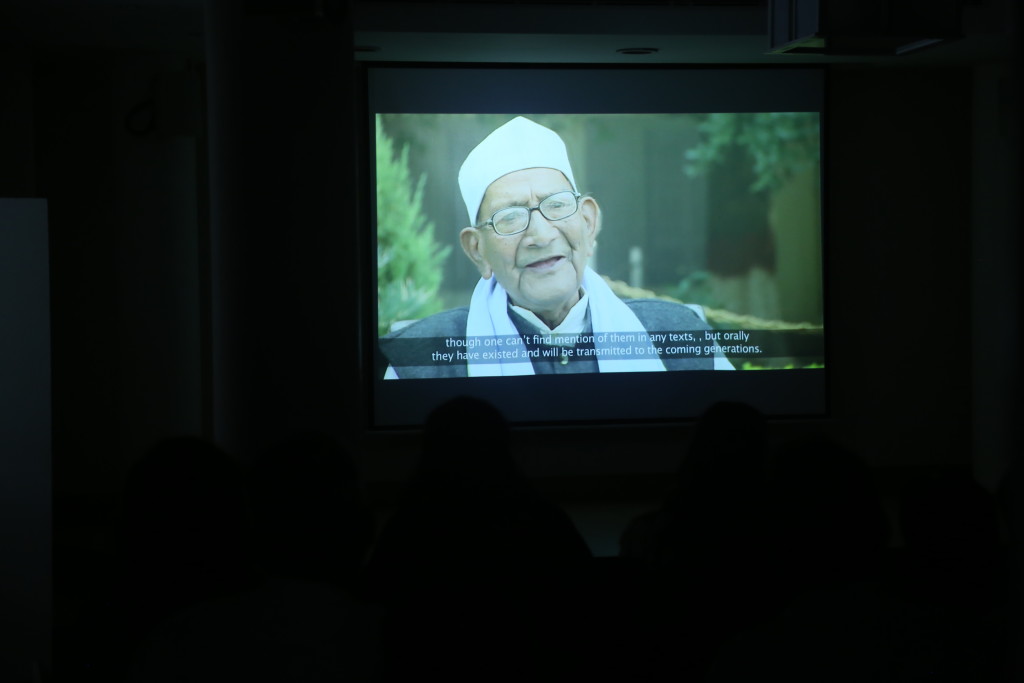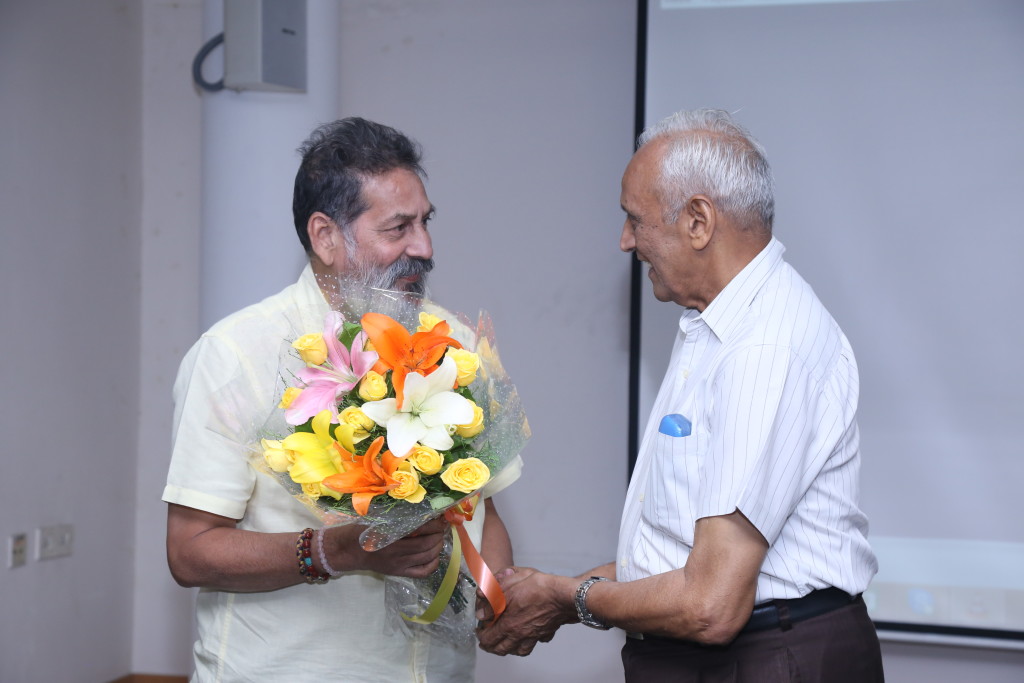Traditional Knowledge
The Tribal Fund for Documentation and Conservation launched a project in 2016 to document the intangible heritage of the Kannaura tribe in Himachal Pradesh and was submitted to the INTACH Delhi Chapter.
The Kannaura tribe resides in the northeastern district of Kinnaur in Himachal Pradesh, which shares its eastern border with Tibet. This district is often called the ‘land of the gods.’ The Kinner Kailash Mountain, believed to be the winter residence of Lord Shiva, is located here and holds sacred significance for the community. Due to their mountainous environment, the Kannaura people remained largely isolated for many years, and the terrain remains challenging to navigate. While infrastructural projects like the Nathpa-Jhakri Dam have been initiated to promote development, they have negatively impacted the locals by depleting natural resources. Until 1962, the Kannaura were largely dependent on Tibet for food, clothes, and other resources.
According to legend, the members of this community are direct descendants of the Pandavas from the Hindu epic Mahabharata. Unfortunately, there are few historical references to the community, as much of this material is believed to have been destroyed by the Gurkhas during their invasion of Bushahr between 1803 and 1815. The project conducted in Kannaur interacted with locals and revealed that in ancient times, the district was part of the princely state of Bushahr, ruled by the Guge Empire until the 11th century, after which it was taken over by the Thakurs. In the 14th century, the Rajas usurped control, and their reign continued until India gained independence in 1947. After independence, Kinnaur became part of the Chini tehsil in the Mahasu district, but it was designated as a separate district in 1960.
The Kinnauri language is part of the Tibetan-Burmese dialect group. During the 2016 project, seven local dialects were identified: Kinnauri, Sunnami, Shumcho, Thabrskad, Jangrami, Orasukad, and Chamskad. Unfortunately, Kinnauri lacks its own script, hence it is documented using the Devanagari script. The language is not taught in schools and is rapidly declining in the region.
The Kinnauri people are traditionally agriculturists and shepherds. Initially, apples in the region were cultivated solely for personal consumption, but they are now increasingly being sold in the market. The locals also work as weavers, silversmiths, and wood carvers. Trade with Tibet was once a vital source of livelihood, but it diminished after the Sino-India war, leading to challenges for the people of Kinnaur.
The housing structures in Kinnaur are both charming and intriguing. The village gates, known as Konkani, are believed to protect against evil spirits and are primarily found in the upper Kinnaur villages. Traditionally, houses are constructed using the kath-kuni style, which combines stone and wood, giving them a rustic appearance. These homes are designed to be responsive to the climate; the kitchen is often the largest room, as temperatures can drop significantly in the region, and the fire is kept burning, serving as a gathering spot for family members.
The diet of the Kinnauri people now increasingly includes fruits and vegetables, as agricultural practices have shifted, enabling them to produce these foodstuffs locally. Kinnaur is renowned for its cultivation of apples, wild apricots, and particularly Chilgoza, or pine nuts, which naturally grow only in this region of India. Meat prepared in saltwater is a staple in their diet. For beverages, cha (salted tea) and rukh—a type of liquor made from apples, chuli, and jowar mixed with jaggery—are common household items.
For ages, locally woven fabrics have made up the community’s traditional attire, offering protection against harsh climatic conditions. During festivals, men wear a traditional outfit consisting of a chuba (a long white jacket) and sutan (white pajama). In everyday life, they opt for a grey coat paired with black or grey sutan. Women’s traditional attire includes a doru (woolen saree), a tomaksh (green jacket), and a topru challi (shawl). The laddi pattu, a special type of shawl, is woven specifically for brides. Other significant items of clothing include the thepang, a green cap, and the gachang, a waist belt. Nature plays an important role in the lives of the Kannaura people, which is reflected in the designs of their ornaments, often inspired by natural elements like flowers, the moon, and leaves.
The Kinnauri people primarily follow two religions: Lamaism and the indigenous Shu (devta) religion, both practiced in harmonious coexistence. Labrangs, or Buddhist monasteries, in the region can have one or many lamas, with the chief lama overseeing all religious activities. In 1992, the Dalai Lama conducted the Kalachakra, a complex teaching and ritual of Tibetan Buddhism, near Reckong Peo. Shu should not be mistaken for Hinduism, as the Kinnauris do not consider themselves Hindus. They worship their indigenous deities, do not follow religious scriptures, and have no tradition of chanting mantras. Nature and its elements also play a central role in their worship. Some locals believe their devis and devtas are followers of Lord Shiva.
Just as every village in Kinnaur has its own deity, each village also has a unique song that narrates its history and that of its deity. Women are expected to be well-versed in local folklore and are often called upon to sing these songs during special occasions and social gatherings. Both men and women participate in dances that accompany the songs. There are two main types of dances: Kayang, where men and women form a necklace-like formation, and Chashimag, in which dancers arrange themselves in a semi-circle. Traditional musical instruments like ranshik, kansal, nagada, dhol, kannal,shehnai, bugjal, and baam are played during religious ceremonies and festivals, mostly by the silversmith and goldsmith communities. Some festivals are dedicated to worshiping deities, while others honour ancestors. Notable festivals include Phulech, Dakhren, Sazo, and Budh Purnima.

This year (2024), the ICH Division embarked on a significant project, producing a one-hour documentary film titled ‘Ganga: A Love Beyond Reason’, which delves into the rich cultural heritage of key, yet lesser-known intangible cultural heritage aspects of districts spanning Uttarakhand, Uttar Pradesh, Bihar, and West Bengal.
The film captures and documents these unique domains of ICH, showcasing the special cultural treasures and traditions along the Ganga River. These include indigenous knowledge systems, folklore, performing arts, oral history, fairs, festivals, crafts, and more. The documentary features:
● Archaeological Sites and Historicity: Exploration of ancient sites and their historical context; Historians/Archaeologists perspectives
● Stakeholders/Cultural practitioners’ perspectives
● Pothi System: Traditional genealogy registers of Haridwar and Garhmukteshwar
● Block Printing: Techniques of the Sadh community
● Tabla Gharana of Farrukhabad: A distinguished school of tabla music
● Kajri of Mirzapur: Traditional folk music
● Carpet and Brassware industry of Mirzapur
● Varanasi Aarti: The lesser-known aspects of the iconic worship ritual at the Ghats of Varanasi
● Zari and Zardozi of Chandauli: Detailed embroidery styles
● Manjusha Art: A traditional art form
● Bhagalpuri weaving and sarees
● Foodways: Culinary traditions along the Ganga River, in places like Kannauj, Varanasi, and Farukkhabad, among others, as well as the sweets of Kolkata
● Boatmaking: Traditional boat craftsmanship
‘Ganga: A Love Beyond Reason’ not only highlights these cultural practices but also emphasizes their significance and the urgent need for their documentation and preservation. On the occasion of Ganga Dusshera, the film was screened in the multipurpose hall of INTACH, Delhi, and received much appreciation from the viewers present. The film has been uploaded on the following INTACH YouTube channel for a broader reach.
YouTube Link: https://youtu.be/LL9G4qBPqyU?si=jQVZffiDpDkXQ0Ry
The ICH Division undertook an extensive project focused on the audio-visual documentation of intangible cultural elements in Gaya, with the primary objective of highlighting and bringing to public attention the lesser-known cultural heritage of the region. This documentation was meticulously crafted by Shri Bappa Ray, a distinguished documentary filmmaker with over three decades of experience in the field.
Titled Gaya – Strings of Faith, the resulting 55-minute documentary goes beyond the well-known Gaya Pitrapaksha rituals, offering a comprehensive exploration of Gaya as a sacred complex. The film sheds light on various aspects of Gaya’s rich cultural tapestry that are either little-known or at risk of fading into obscurity, including the Pitrapaksha/Shraadh rituals, local literature, fairs and festivals, the craftsmanship of Pattharkati (stone carving), local cuisine, traditional wrestling, and the distinctive Gaya Gharana of music.
The documentary’s primary aim is to foster awareness among the public about these living cultural traditions and intangible aspects of Gaya’s heritage, emphasizing the need for their preservation. By doing so, it seeks to engage society in the protection of these vital cultural elements, many of which are integral to Gaya’s identity but are currently under threat.
Gaya – Strings of Faith, produced by the ICH Division of INTACH and directed by Bappa Ray, was first screened on August 1, 2016, at the Multipurpose Hall, INTACH Head Office.
YouTube link for the film:
Gaya: Strings of Faith https://youtu.be/LTPuhywAsOc (long version)
Gaya: Strings of Faith https://youtu.be/B_tTzgmOjhY (short version)
Documenting The Ethno-Cultural Practices Of Four Tribes Of Andhra Pradesh



